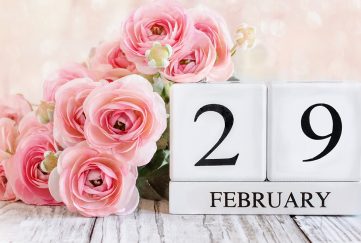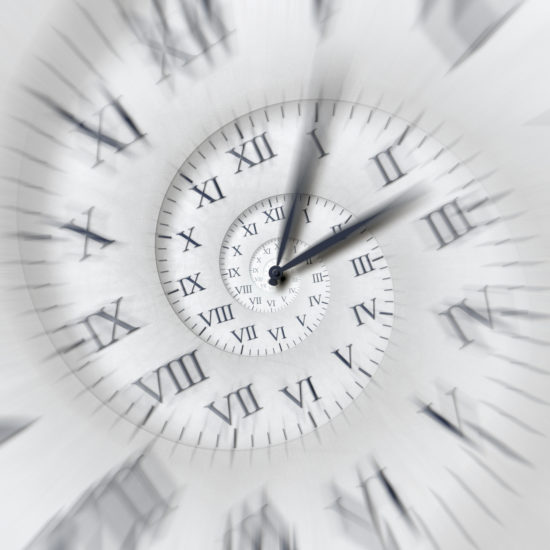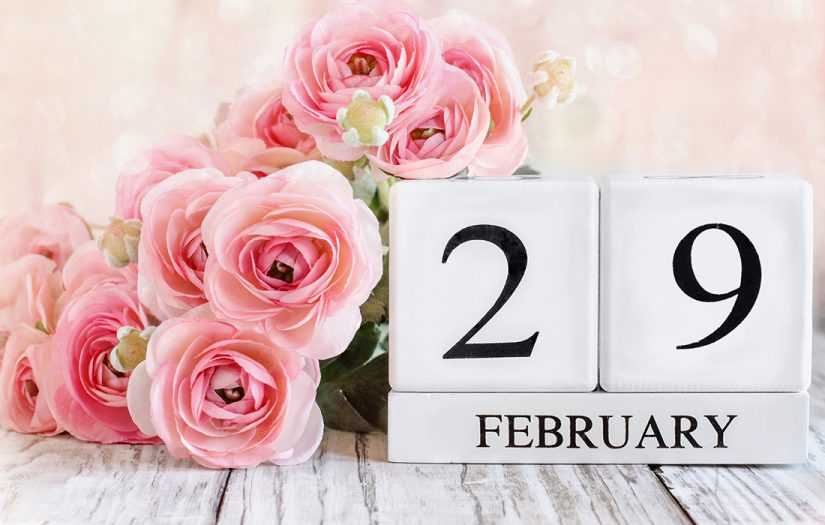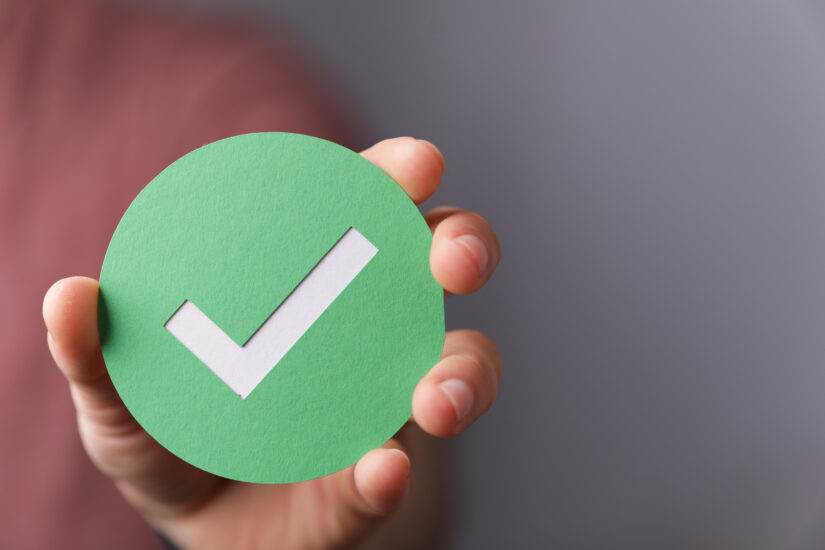How to Write Flashbacks Your Readers Will Love
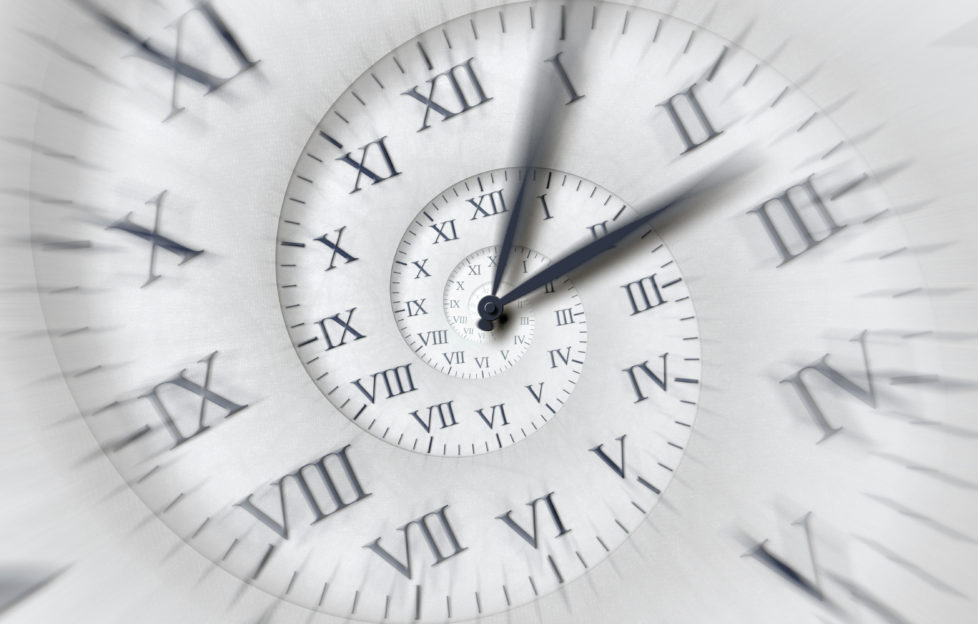
Fiction writing can take many forms – genre, tenses and point of view helping shape a writer’s story.
Stories, for the most part, are structured to run chronologically, where the action sequentially unfolds from scene to scene. But what happens if a writer wants to introduce scenes from a character’s past? The flashback is a handy narrative device and can be used to good effect, highlighting fundamental elements which help define story development.
However, working as I do in the Fiction Team, I have seen many instances of flashback which confuse the reader and muddy the storytelling. So here are some pointers to keep in mind for effective flashback writing.
Turn Back Time
Clearly signpost to the reader that there has been a shift in time, either through a shift of the verb tense from present to past, or the use of the past perfect (pluperfect) “had” if changing from the past tense. For the latter, don’t overuse the past perfect “had”, especially when writing large sections of text. The first few instances of verb use can include the past perfect sense, signifying to the reader the flashback sequence to follow. If a writer continually uses the past perfect tense during the flashback section, the reading will feel cumbersome and somewhat laboured.
It’s common for writers to end their flashback sections with the past perfect tense in use again. But in “Friend” fiction, a page breaker (* * * *) can indicate the shift in time. If a writer’s flashback is only a sentence or two, then the use of “had” would suffice.
From a purely storytelling point of view, it’s not advisable to continually rely on flashbacks, which can often infer a sense of detachment to the main storyline. If used sparingly, however, they can serve to strengthen the narrative.


